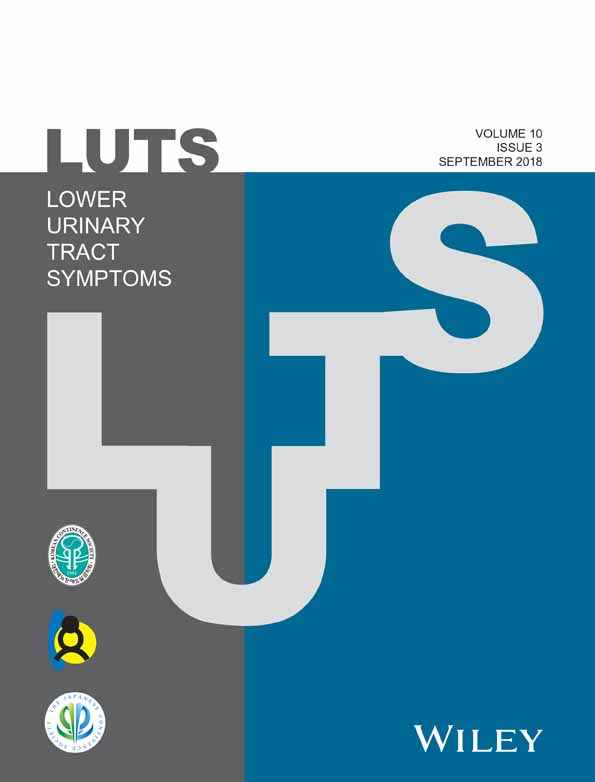Correlation of Xiphopubic Distance, Body Weight, Height and Body Mass Index with Intravesical and Abdominal Initial Resting Pressures in Urodynamic Testing in the Sitting Position
Abstract
Objectives
To compare the initial resting intravesical pressure (pves) and abdominal pressure (pabd) in the sitting position with the typical range of values, to assess the correlation between such pressures and patient xipho-pubic distance, body weight, height and body mass index (BMI), and to estimate if xipho-pubic distance can be a guide to interpret initial resting pressures in urodynamic testing.
Methods
Women with lower urinary tract symptomatology referred for urodynamic testing were consecutively enrolled in a prospective study. Conventional cystometry was done following “good urodynamic practices”. The correlation between initial resting pves and pabd and xipho-pubic distance, body weight, height and BMI were studied using simple and multiple linear regression analysis. Statistical significance was defined as P < 0.05.
Results
One hundred women aged (mean ± SD) 59.2 ± 13.3 were studied. There was a significant correlation between both pves and pabd, and xipho-pubic distance, body weight and BMI and no correlation with height. Over the multiple analysis, xipho-pubic distance and body weight correlated independently with pves; body weight correlated independently with pabd. Three patients had pves and/or pabd out of typical range, with BMIs values of 18.48, 18.72 and 35.81 kg/m2. There was a wide range of difference between xipho-pubic distance and initial resting pressures.
Conclusions
Out of range initial resting pressures occur in underweight (or close to) or severely obese patients. Xipho-pubic distance and body weight correlated independently with pves. Body weight correlated independently with pabd. Xipho-pubic distance cannot be a guide to interpret the initial resting pressures.




